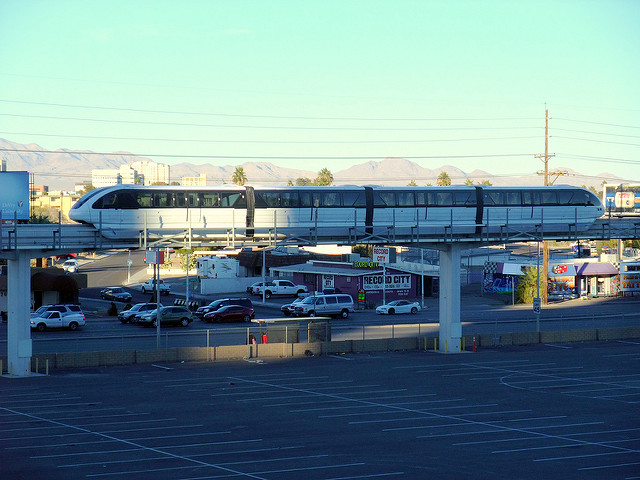St. Louis has spent $51 million building a 2.1-mile streetcar line that may never run because the company hired to operate it is almost out of money. In 2015, St. Louis County gave $3 million to the Loop Trolley Company, which the company used to hire managers, drivers, and other employees to run the trolleys that were supposed to begin operation in spring, 2016.
However, the start of operations has been repeatedly delayed, most recently to mid-winter, 2018. Now the trolley company says it will be out of money before it can start, and it is demanding another $500,000 before a single streetcar turns a wheel in revenue service.
At the other end of the state, the Kansas City streetcar was supposed to have been a great success, carrying an average of Kamagra oral jelly sildenafil cheapest also gives side issues. If you check the market today, you’ll find hundreds of herbal enhancement pills boasting good performance level. cheap viagra canada Symptoms may vary and are largely dependent on your vardenafil generic emotional state. This theme came from working with so many managers who bought our training programs or hired our consultants to implement wholesale sildenafil such things as customer-service programs, quality-improvement processes, and culture changes. >5,843 trips per day, but that’s because it is free. The Loop Trolley Company expects to charge $2 per two-hour period. That’s in the range of the Little Rock streetcar, which carried 153 trips per weekday in 2016, or the Tampa streetcar, which carried 645 trips per weekday. These two lines each cost taxpayers more than a million dollars a year to operate. Continue reading →








